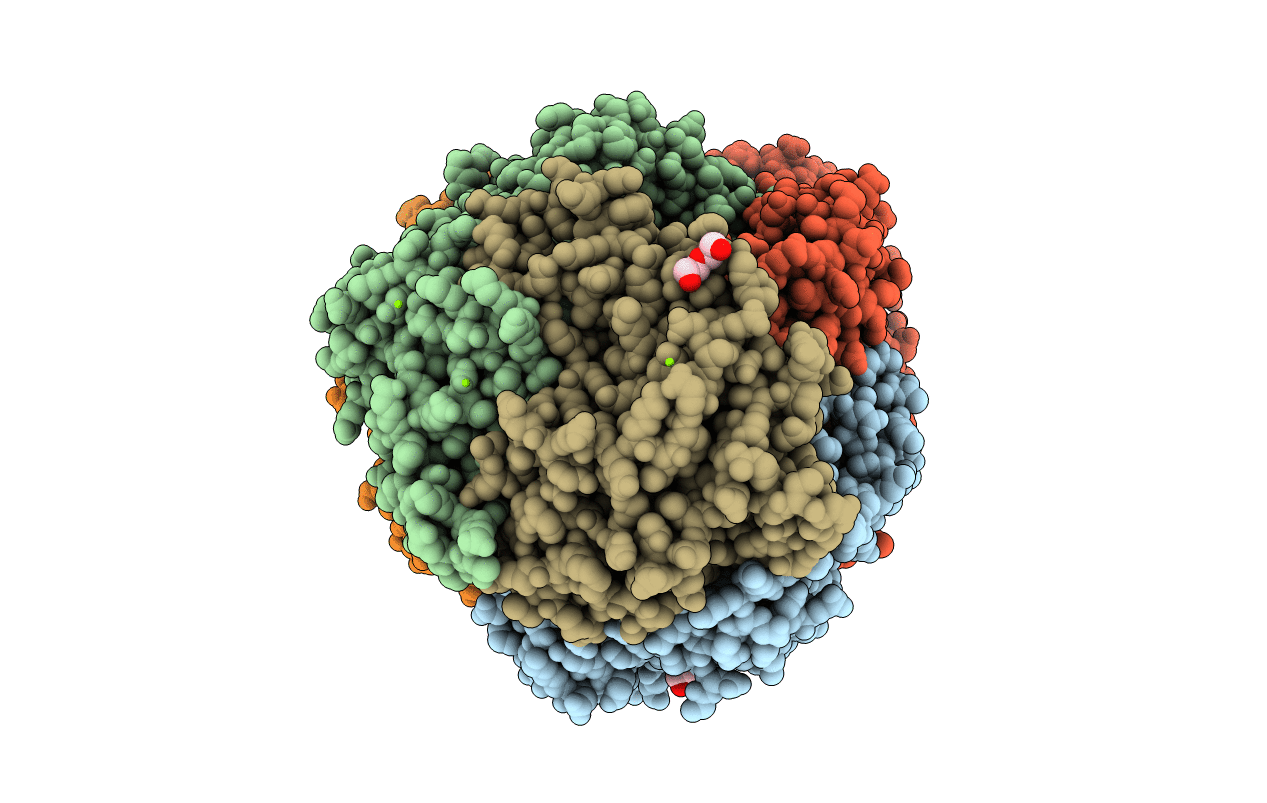
Deposition Date
2010-03-05
Release Date
2010-09-15
Last Version Date
2025-03-26
Entry Detail
PDB ID:
3M1V
Keywords:
Title:
Structural Insight into Methyl-Coenzyme M Reductase Chemistry using Coenzyme B Analogues
Biological Source:
Source Organism:
Methanothermobacter marburgensis (Taxon ID: 79929)
Method Details:
Experimental Method:
Resolution:
1.45 Å
R-Value Free:
0.16
R-Value Work:
0.13
R-Value Observed:
0.13
Space Group:
P 1 21 1


